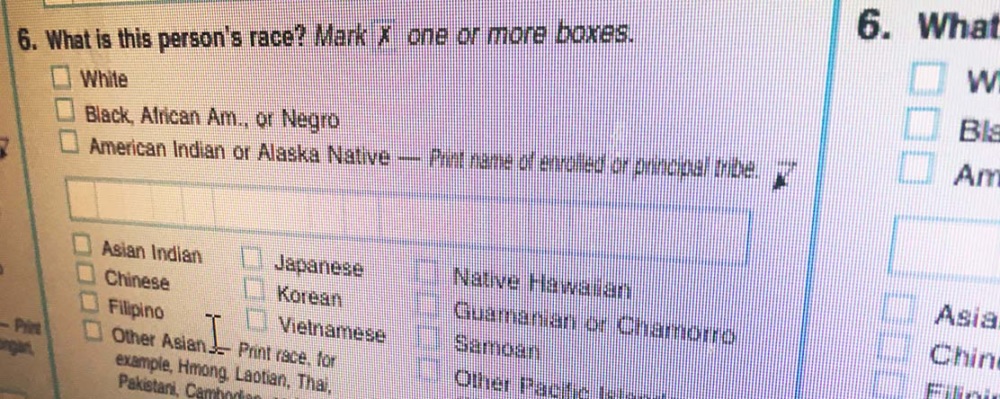Introduction
Previous studies suggest an association between paid sick leave (PSL) and better population health, including fewer infectious and nosocomial gastrointestinal disease outbreaks. Yet few studies examine whether laws requiring employers to offer PSL demonstrate a similar association. This mixed-methods study examined whether laws requiring employers to provide PSL are associated with decreased foodborne illness rates, particularly laws that are more supportive of employees taking leave.
Methods
The four earliest PSL laws were classified by whether they were more or less supportive of employees taking leave. Jurisdictions with PSL were matched to comparison jurisdictions by population size and density. Using difference-in-differences, monthly foodborne illness rates (2000–2014) in implementation and comparison jurisdictions before and after the laws were effective were compared, stratifying by how supportive the laws were of employees taking leave, and then by disease. The empirical analysis was conducted from 2015–2017.
Results
Foodborne illness rates declined after implementation of the PSL law in jurisdictions with laws more supportive of employees taking leave, but increased in jurisdictions with laws that are less supportive. In adjusted analyses, PSL laws that were more supportive of employees taking sick leave were associated with an adjusted 22% decrease in foodborne illness rates (p¼0.005). These results are driven by campylobacteriosis.
Conclusions
Although the results suggest an association between more supportive PSL laws and decreased foodborne illness rates, they should be interpreted cautiously because the trend is driven by campylobacteriosis, which has low person-to-person transmission.




